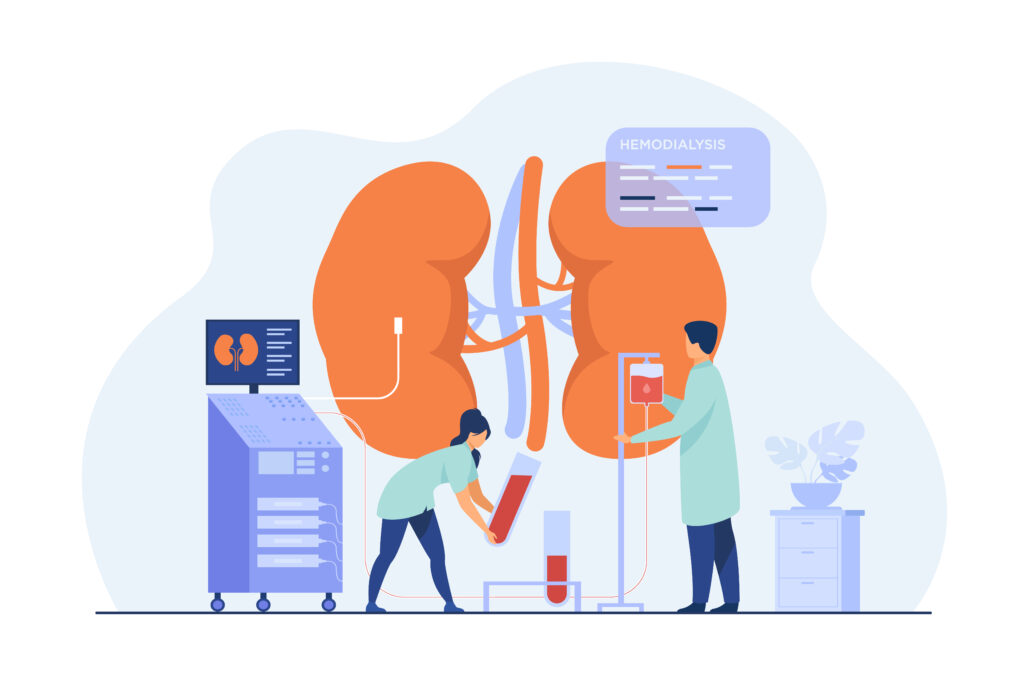Living with chronic kidney disease can be challenging, not only emotionally but also financially.
When you have a kidney that is slowly losing its function, your body gradually loses its ability to filter out toxins, waste, and excess fluids.
This can lead to a build-up of harmful substances in the blood, leading to severe complications such as heart disease, high blood pressure, and anaemia.
Luckily, peritoneal dialysis offers an effective alternative to managing patients with chronic kidney disease.
In this blog, let us explore the benefits of peritoneal dialysis, how it works, and why it is a viable option for many patients.
What is Peritoneal Dialysis?
Peritoneal dialysis is a type of renal replacement therapy used to manage patients with chronic kidney disease.
Unlike standard hemodialysis, which requires patients to travel to a hospital or dialysis centre, peritoneal dialysis is performed at home, allowing patients to manage their own therapies.
It works by using the patient’s peritoneal membrane, which covers the abdominal organs, as a filter to remove waste, toxins, and excess fluids from the body.
A special solution is infused into the peritoneal cavity using a catheter, where it remains for several hours. The solution is then drained, carrying the waste material that has accumulated in the peritoneal fluid.
The process is repeated several times a day, depending on the severity of the patient’s condition.
Benefits of Peritoneal Dialysis
- Flexibility
Patients can perform their therapy at home, allowing them to maintain their daily routine with minimal disruption.
Unlike standard hemodialysis, which typically requires patients to be hooked up to a machine several hours a day, peritoneal dialysis can be performed while sleeping, allowing patients to carry on with their daily activities without interruption.
This flexibility is particularly beneficial to patients who are working or have young children to care for.
- Does not require a large amount of water consumption
Consuming a lot of water can be a significant burden for patients with chronic kidney disease.
Water intake must be carefully monitored as excessive drinking can lead to an increased build-up of fluid in the body, leading to swelling and other complications.
With peritoneal dialysis, the amount of water required is minimal, allowing patients to avoid water restriction and enjoy a more comfortable lifestyle.
- Less invasive procedure than hemodialysis
Invasive procedures such as hemodialysis can lead to complications such as infections, clotting, and catheter malfunction.
With peritoneal dialysis, the patient’s own peritoneal membrane is used as a filter, reducing the risk of infection and other complications.
The procedure is also painless, and patients can learn to perform it themselves within a few weeks.
In conclusion…
Peritoneal dialysis offers a safe, effective, and flexible alternative to managing patients with chronic kidney disease.
If you think peritoneal dialysis is a viable option for you or your loved one, consult with your healthcare provider to determine if it is the right choice for your condition.
With the right monitoring and care, peritoneal dialysis can offer patients with chronic kidney disease a better quality of life.

